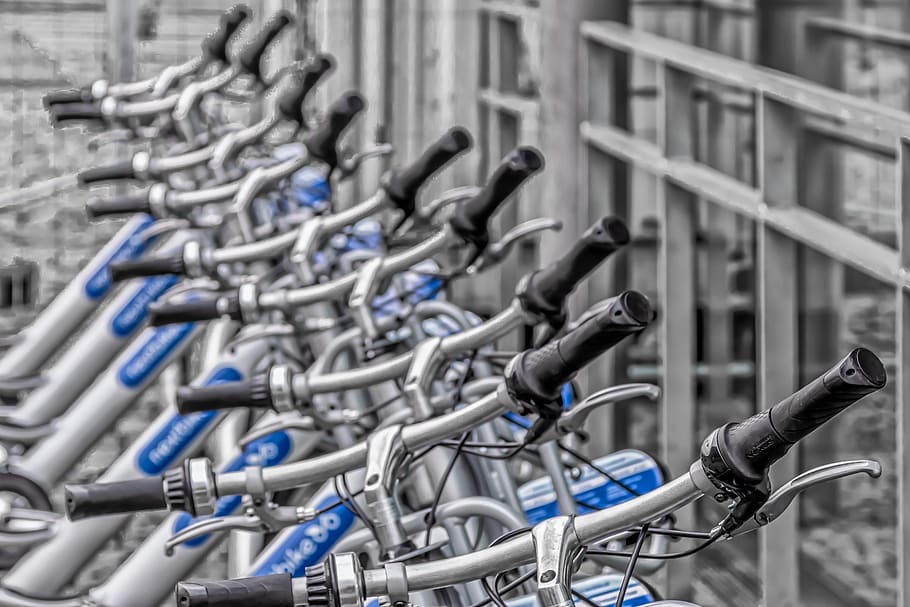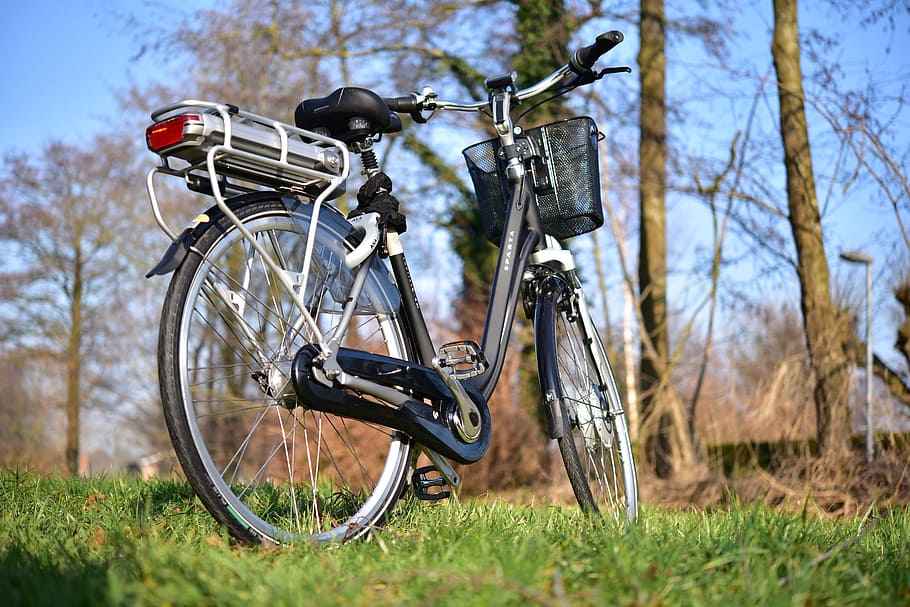In the past few years, electric bicycles have grown in popularity across the United States. They’ve become a common sight in many cities and sales show no signs of slowing down. However, this rapid growth raises questions about the need for closer regulation. Some worry that e-bikes are too fast. Others cite the danger they pose to those on regular bicycles and pedestrians, especially the elderly and children. And of course, there’s the danger to e-bike riders themselves.
States and municipalities face a conundrum; they want to encourage e-bike riding as an eco-friendly alternative to drivingbut more electric bikes means more cyclists traveling at up to 20 miles per hour including on shared paths. As you can imagine, proponents on both sides of the issue have very strong feelings on the issue.

Recently, Palo Alto, CA banned the use of e-bikes in all its nature preserves. This in a city that has a reputation for being eco-friendly. But safety advocates point to a surge in e-bike accidents and deaths. In the Southern California city of Carlsbad, officials declared a local state of emergency after a troubling spike in e-bike accidents. In one fatal accident, a woman was killed when her e-bike collided with a car.
“Because they generally travel at much higher speeds thanregular bicycles, an e-bike accident can easily cause fatalities,†said attorney J.J. Dominguez of The Dominguez Firm. “Pedestrians in particular are vulnerable, but so are e-bike riders if they collide with a car. Anyone who has lost a loved one in an e-bike crash should seek the services of a wrongful death attorney right away,†he concluded.
In the United States, regulations regarding e-bikes can vary at the federal, state, and local levels. There is no consensus on helmets, speed limits and even age restrictions. The federal government did, however, provide basic guidelines for defining and regulating e-bikes. E-bikes are considered a bicycle equipped with fully operable pedals and an electric motor of less than 750 watts (1 horsepower). E-bikes that meet these criteria are considered to be consumer products and not motor vehicles.
That definition means e-bikes are generally treated like traditional bicycles. Most have access to bicycle lanes, paths, and roadways. Riders are not required to have a driver’s license, registration, or insurance. E-bikes must also have functional pedals and cannot exceed a top speed of 20 mph when using motor power alone.
While federal guidelines provide a baseline, note that states and local jurisdictions have the authority to set their own e-bike regulations. As a result, laws can vary across different states and even within different cities or counties. Some states have adopted the federal guidelines, while others have established their own classifications and regulations for e-bikes.
A balance must be struck between regulation and promoting the benefits of e-bikes. Overreaching laws will discourage individuals from adopting this greener alternative. A reasonable approach could include improved riding infrastructure, especially more protected bike lanes. Requiring more safety features on e-bikes is another idea that has been suggested. Right now, there are no standards. By working closely with e-bike manufacturers and promoting safe riding and driving practices, we should all be able to share the road, whatever our favorite mode of transportation.



